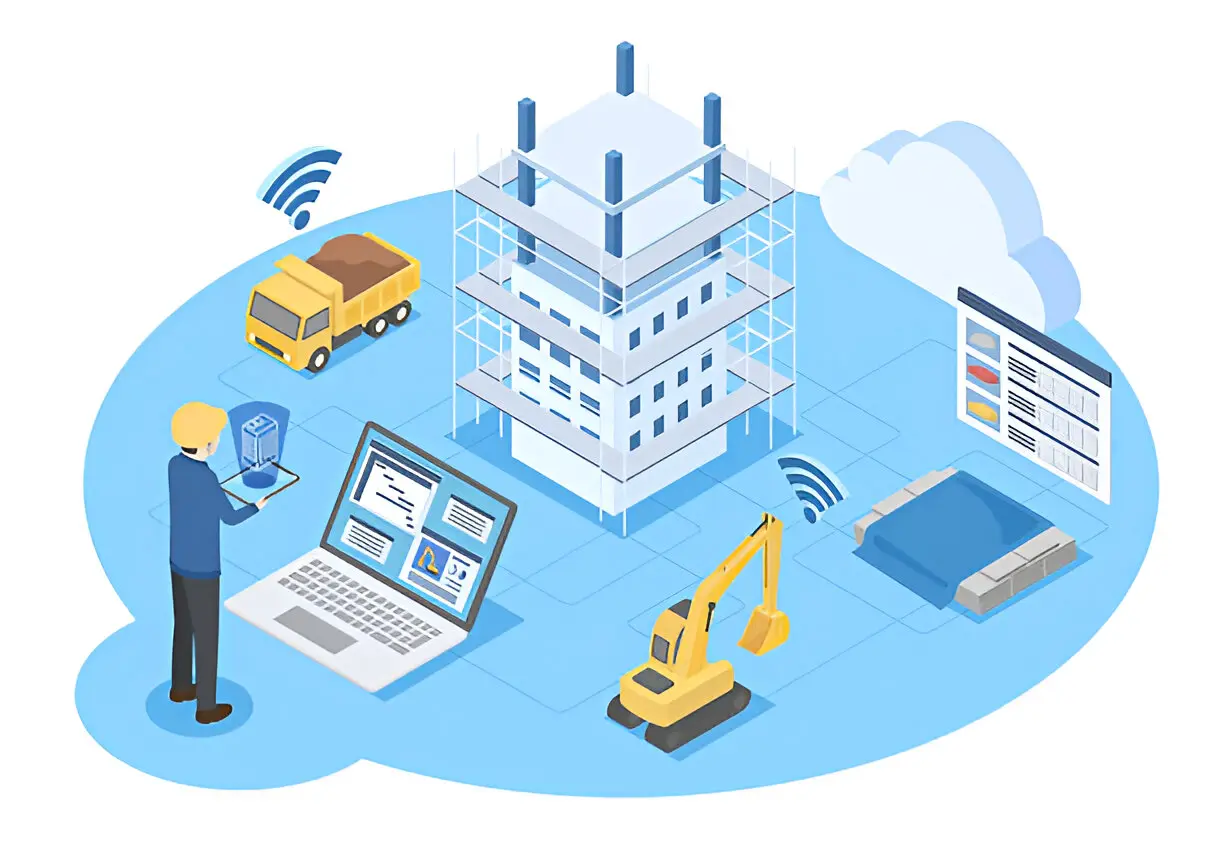Today’s construction sites are more connected than ever. Technologies like remote monitoring, Building Information Modeling (BIM), and cloud-based project management are transforming how teams collaborate, plan, and execute. But all this innovation depends on one thing: a strong, stable network. From the initial blueprint to project handoff, digital tools are only as effective as the infrastructure supporting them. Without reliable connectivity, even the most advanced tech can become a bottleneck rather than a solution.
The New Era of Smart Construction
Construction has officially entered a data-driven era so on modern jobsites, access to real-time data is becoming increasingly essential. Site managers and field workers rely on remote monitoring to track machinery, environmental conditions, and worker safety. Architects and engineers use BIM to visualize and adjust plans on the fly. Project managers update timelines and budgets through cloud-based platforms, often while away from the site itself. All of this requires seamless, secure communication between devices, systems, and teams. Smart construction isn’t just about automation. It’s about staying connected and responsive at every stage.
Connectivity Infrastructure: The Often-Overlooked Backbone
Despite its importance, connectivity infrastructure is often treated as an afterthought. On large or multi-phase construction sites, this is a critical mistake. Temporary buildings, shifting layouts, and environmental factors all create unique challenges for digital networks. To power smart tools and maintain real-time communication, sites need a blend of wireless and hardline connections, plus redundancy built in. This includes portable routers, access points, signal boosters, and most importantly, the physical hardware that ties it all together.
The Role of High-Quality Network Connectors
One of the most overlooked components of this infrastructure is also one of the most vital: network connectors. These small but essential pieces of hardware ensure that data flows without interruption, even under harsh jobsite conditions. Reliable network connectors maintain stable links between routers, switches, and end devices, reducing signal loss and minimizing downtime. In rugged or temporary environments, connectors must withstand physical stress, dust, moisture, and fluctuating temperatures, all while delivering fast, secure data transmission. Without them, even the best networking gear can’t perform to its full potential.
Practical Considerations for Jobsite Network Setup
Finally, setting up a jobsite network is rarely a one-size-fits-all operation. There are many variables to negotiate and practical considerations to make. Start with a clear plan: define your coverage zones, prioritize critical connections, and account for environmental hazards. Use weatherproof and industrial-grade hardware, including cables and connectors, designed for temporary or rugged installations. Regularly test your network under load, especially when new equipment or phases are introduced. Maintain a stock of spare parts, including longtail network connectors, to quickly replace damaged components and keep everything running smoothly.
Also Read-How to Choose the Right Online Surgical Tech Program (And Avoid Scams)

